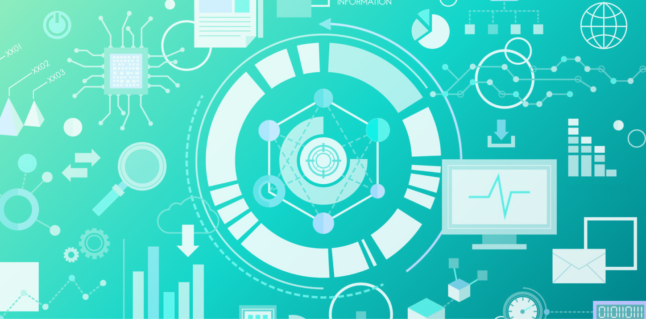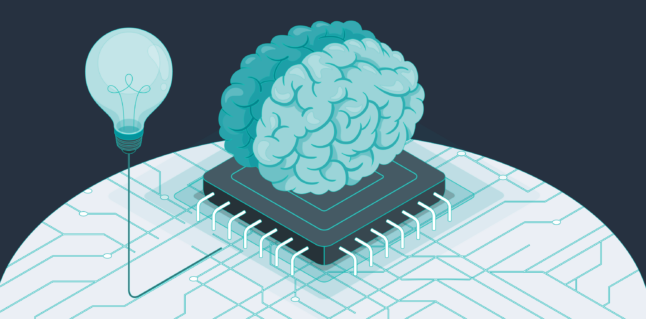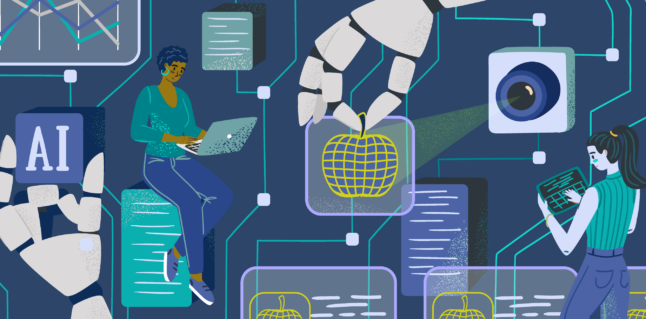Key takeaways
- Trustworthy AI starts with trusted data—your data. Inaccuracies and hallucinations often stem from models trained on general data that isn’t tailored to your organization.
- Trusted models have access to the latest knowledge. Keep models up to date with methods like retrieval-augmented generation (RAG) and enhanced retrieval.
- End-to-end auditing reinforces trust. Chain-of-thought traceability helps you understand how models make decisions so you can have confidence that they’ll perform reliably in production.
- Need help building trustworthy models faster? With SeekrFlow‘s AI-Ready Data Engine, you can transform your unstructured enterprise data into high-quality, domain-specific datasets optimized for model customization.
What is trustworthy AI?
Trustworthy AI means having confidence that your AI systems deliver accurate, reliable responses grounded in your organization’s unique domain knowledge. For enterprises, this a crucial focal point of AI adoption, as it reduces the risks associated with model inaccuracies and hallucinations—users need to trust AI in order to embrace it.
By leveraging your organization’s data, trustworthy AI generates outputs that reflect industry-specific context and remain reliable over time. Achieving this requires a range of best practices, including ongoing efforts to keep training datasets current and relevant.
Trustworthy AI enables responsible AI
It’s easy to confuse trustworthy AI with responsible AI. Responsible AI is AI that’s ethical, fair, and aligned with human values. In essence, does your AI align with your organization’s cultural norms and principles?
Trustworthy AI, on the other hand, speaks to how you build and maintain an AI system. Can you keep your model reliable and accurate? Is your model aligning to your responsible AI principles in its outputs?
General-purpose models aren’t built for domain-specific tasks
As we mentioned earlier, trustworthiness starts with the training data. Open source foundation models like Mistral or Llama are working from a very generalized dataset, and even the top 25 public LLMs, including Gemini and ChatGPT, hallucinate up to 2.9% of the time (as of March 2025).
At scale, across hundreds of thousands of chatbot interactions, this could mean thousands of wrong answers. As users prompt the model, the model responds based on what it thinks is accurate, but its general knowledge most often doesn’t match up with an enterprise’s domain-specific knowledge, resulting in hallucinations.
We often see this in industries with heavy nomenclature—such as in the healthcare, finance, or defense sectors—where certain words have unique meanings and there are a lot of acronyms and homophones. To overcome this—and to realize trustworthy AI—organizations need to train and fine-tune generalized models on their domain-specific data. These methods can enrich models with their unique institutional information, but there’s a hitch.
Trustworthy data has a shelf life
When we talk about data, there’s static data that doesn’t change often, and there’s dynamic data that changes frequently—every minute, every hour, every day. The institutional knowledge that’s specific to your organization is, for the most part, static data. But what happens when your business or agency updates a key policy or sets a new direction?
For example, imagine you’re building an AI model to act as a knowledge assistant for your Human Resources team. You’d start with static data, such as your organization’s HR handbook, to train the model. However, HR-related cases, updates, and daily clarifications are also constantly occurring—and this dynamic information is highly relevant to your HR staff.
Without access to the latest data, employees using the HR assistant might receive outdated, incorrect, or hallucinated responses. Yet retraining the model every single day simply isn’t practical.
Retrieval-augmented generation (RAG) enhances trustworthiness
RAG gives models access to evolving, up-to-date information without requiring retraining. RAG works by storing recent information in a searchable, external database so the AI can quickly find and incorporate the latest data into its responses.
When a user prompts the AI, the model pulls from its training data and its store of up-to-date information to make sure it’s getting the best data to answer the prompt. Going back to our HR example, an employee could ask the AI assistant for the number of cases that relate to a specific policy, and they’ll get an accurate response.
Maintaining trustworthiness over time
Even with RAG, organizations struggle to adapt and iterate their models over time, which can erode trust. They need auditing tools to support governance of the entire end-to-end workflow, from data input to model output. These tools are essential not only for transparency but also for compliance with industry regulations.
Organizations need to be able to audit how AI models are generating outputs. Chain of thought is an approach to model transparency that describes the logical sequence a model followed to generate a specific result. With this approach, organizations can better understand how models produce specific results, and they can trace errant results to specific steps in the chain.
Red flags of untrustworthy models
Domain experts have the benefit of being able to vet AI responses against their own knowledge. Laypeople don’t have this advantage, but there are indicators that a model may have diminished trustworthiness:
- Black box models: If you don’t know what datasets the model was trained on, you can’t fully trust the model will be accurate. This includes open source models for which training data encompassed vast swaths of the internet.
- Stale AI models: If an AI model hasn’t been trained in some time, there’s a good chance it’s working with outdated information.
- Lack of domain expert involvement: Feedback from users can be great, but AI models need feedback from domain experts—often called human-in-the-loop (HITL) reinforcement learning.
Trustworthy AI and the agentic future
Trustworthy AI is going to be a cornerstone of the industry’s transition to agentic AI. Agentic AI describes an AI system that goes beyond information gathering to make decisions and take actions, such as using apps and tools to draft a report or send an email.
While today’s chatbots can be quite high risk without the proper guardrails, agentic AI elevates these risks further because AI agents can take actions on their own—such as drafting a convincing but inaccurate report or sending emails with sensitive information to an entire organization. The success of agentic AI will depend on models that meet the highest standards or trust and reliability.
Trustworthy AI always comes back to high-quality data
People won’t use AI they can’t trust. Current Gen AI projects and future agentic projects are bound to struggle if they continue to rely on generic models and generic data. Your best option is to leverage your greatest asset: your own data.
At Seekr, we make it easy to use your unique business data—no matter the format—to enable trustworthy AI outcomes. Our SeekrFlow end-to-end platform offers a robust toolset for delivering trustworthy AI, including agentic data preparation, training, fine-tuning, RAG, and governance.
As you seek out solutions to unlock AI-powered outcomes for your business, we’re here to help with a simpler way to achieve trusted enterprise AI.




